Lingwu Shuidonggou Tourist Area
Shuidonggou Ancient Human Culture Site is located in Shuidonggou Village, Linhe Town, Linwu City, Ningxia. It is 30 kilometers south of Lingwu City, 19 kilometers west of Yinchuan City, 11 kilometers away from Hedong Airport and 7.8 square kilometers north of Inner Mongolia. Shuidonggou area was a sacred place for human reproduction 30,000 years ago. In 1923, French paleontologists De Rijin and Sang Zhihua discovered prehistoric cultural sites here. Through excavation, a large number of stone tools and animal fossils were unearthed. As a result, Shuidonggou became the earliest paleo-human cultural site found in China. In 1988, it was announced by the State Council as the "National Key Cultural Relics Protection Unit" and known as the "birthplace of Chinese prehistoric archaeology".
brief introduction
Ningxia Shuidonggou Site Tourist Area is located in Linhe Town, Lingwu City, Ningxia. It is 19 kilometers west of Yinchuan City, 30 kilometers south of Lingwu City and 11 kilometers east of Hedong Airport. It is located in the core part of Yinchuan East Tourist Zone. It connects with Ordos City, Inner Mongolia, and is a link connecting Ningxia and Mongolia tourism, covering an area of 7.8 square kilometers.
Shuidonggou is the earliest Paleolithic cultural site excavated in China. It is known as the birthplace of Chinese Prehistoric Archaeology and the historical witness of cultural exchange between China and the West. It is a national key cultural relic protection unit, national AAAAA tourist attraction, national geological park. It has been listed as one of the 100 sites protected by the state as well as one of the "100 archaeological discoveries with the greatest significance of Chinese civilization". He was awarded the silver prize of "50 places in China that are most worth visiting by foreigners".
Shuidonggou site records the historical witness of ancient human reproduction and struggle with nature, and contains rich and precious prehistoric data. It shows people a picture of the survival of ancient human beings 30,000 years ago. It is the only Paleolithic site officially excavated in the Yellow River region in China so far. Over the past 80 years, more than 30,000 stone tools and 67 fossils of ancient animals have been unearthed in Shuidonggou after six archaeological excavations. Among them, some stone products, tools and techniques of making and repairing stone tools, which constitute the cultural foundation of Shuidonggou, can be comparable to those of Moster and Orena human habitats in Europe, West Asia and North Africa. Especially the large number of levaloua stone cores unearthed are similar to the shape of the ancient orina culture in Europe. Famous foreign archaeologists consider this phenomenon as the "assimilation effect of long-distance migration" of human beings. The culture represented by Shuidonggou Site plays an important role in explaining the origin of regional stone technology tradition, the excavation and variation of ancient culture, and the late renewal of human migration, diffusion and exchange in Northeast Asia. It is of great significance to the comparative study of eastern and Western cultures more than 30,000 years ago.
Shuidonggou area is also the Grand View Garden of the ancient Great Wall, beacons, castles, ditches, piers and abutments of the Ming Dynasty in northern China. Within the reserve, the winding East Great Wall, the towering piers, the primitive and mysterious castle, and the winding and deep ditches are all too dazzling to be seen. It is reminiscent of the magnificent scene of the time when "the armoured men rushed to battle with spears and the generals drew their swords to chase Hu soldiers".
Shuidonggou is located in the southern edge of Ordos Platform. The Yadan landform created by nature makes it full of vigorous and peculiar charm of barren valley. It has gone through millions of years of wind and sand erosion. There are more than 20 wonderful landscapes of earth forest, such as Devil City, Wo Camel Ridge, Sky Cliff, Clouded Valley, Tamarix Valley and so on, which make people desperate and strange. There are vast old heavenly wastes and remote sighs.
Over the past two years of development and construction, Shuidonggou tourist area has become a collection of tourism, scientific investigation, leisure and entertainment, military.
The beautiful scenery of the water tunnel ditch
The beautiful scenery of the water tunnel ditch (40 pieces)
Exploration as one of the tourist areas. With the opening of Shuidonggou Site Museum and Ningxia Great Wall Museum in 2009, Shuidonggou Scenic Area will add new highlights.
Shuidonggou tourist area will become the most cultural, potential and attractive high-quality tourist attraction in Ningxia.
Natural scenery
Shuidonggou tourist area has three kilometers long reed valley, reed swaying in the valley, walking along the path, intoxicated in the reed bushes, now a quiet mood. The lake covers an area of nearly 300,000 square meters. Four original ecological wooden bridges, two pavilions and hundreds of birds gather in reeds on the lake. Green lakes, crisp birds and beautiful pictures are good places for leisure and entertainment. It is rare to see the green ripples in Hongshan Lake, the cruise ships and the Great Wall along the waterfront. It is not interesting to see the magnificent ancient Great Wall on the cruise ships. When you have not yet stepped out of the fairy tale world of the woodland landscape, get off the boat and boarded the dock, and fall into a paradise, that is, Shazao Bay in the scenic area. Elaeagnus angustifolia var. angustifolia var. angustifolia var. angustifolia var. angustifolia var. angustifolia var. angustifolia var. angustifolia var
Shui Dong gou
Water Tunnel Gully (15)
When it opens, the fragrance makes you linger and forget to return.
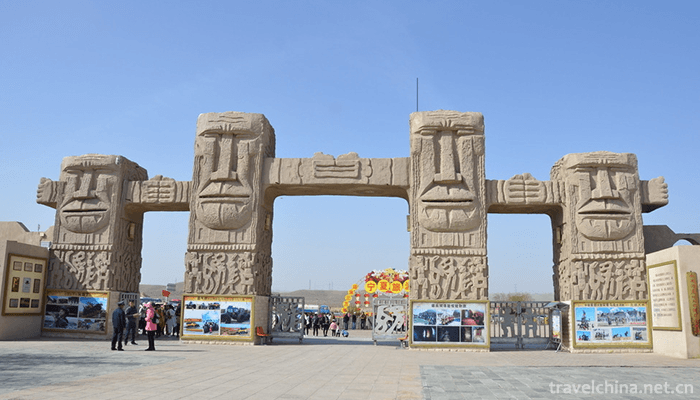
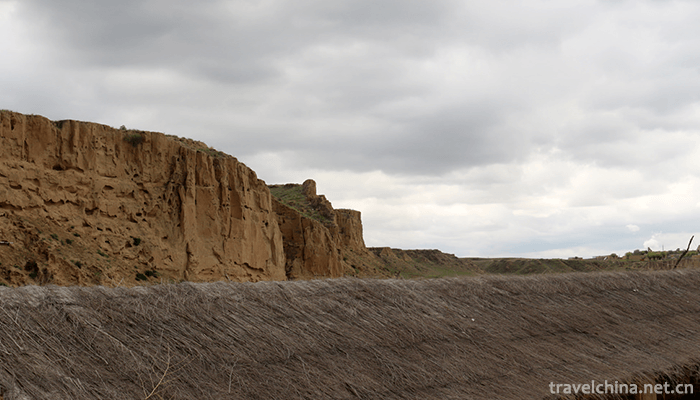
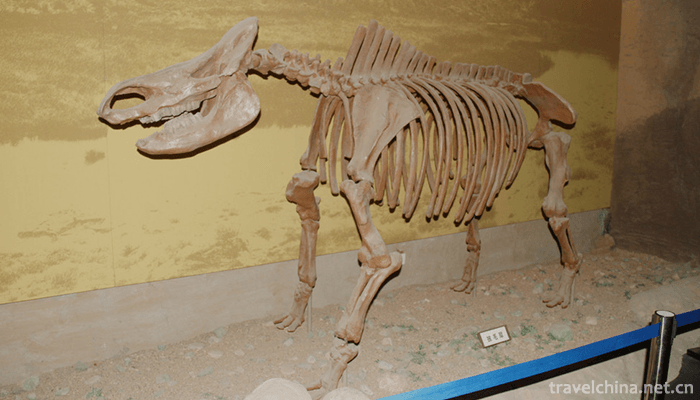
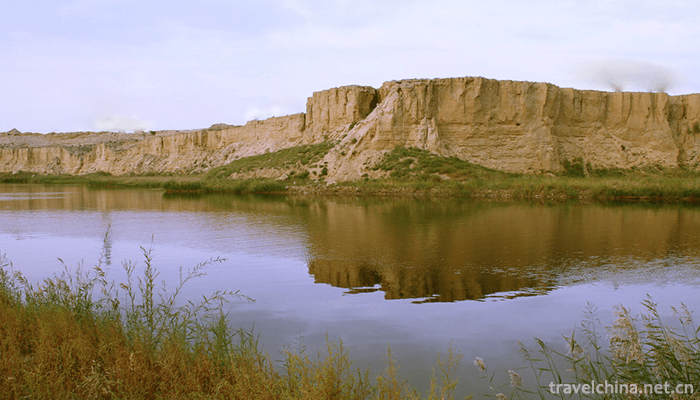
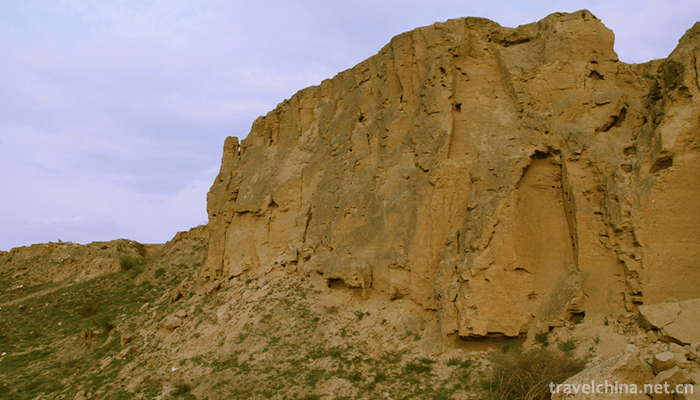
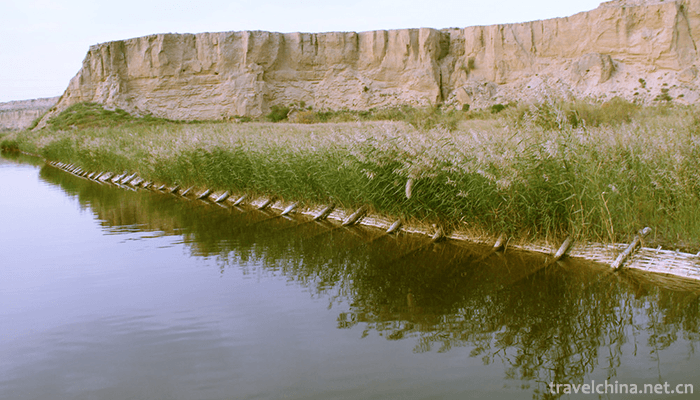
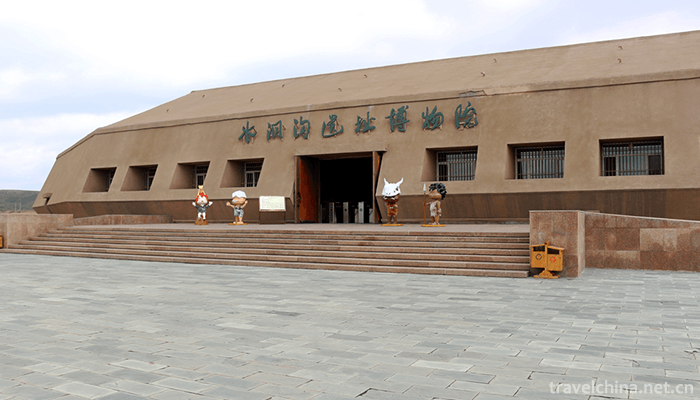
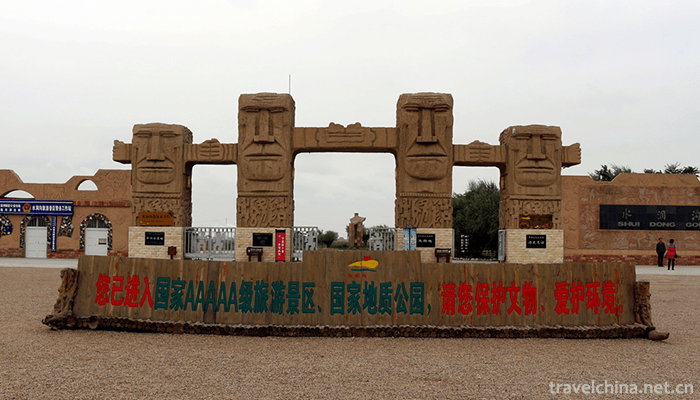
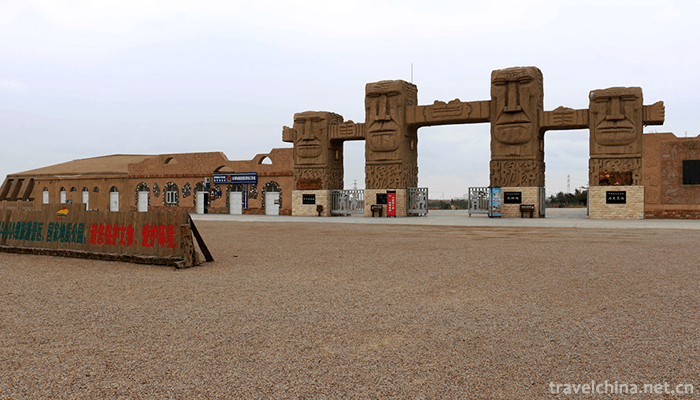
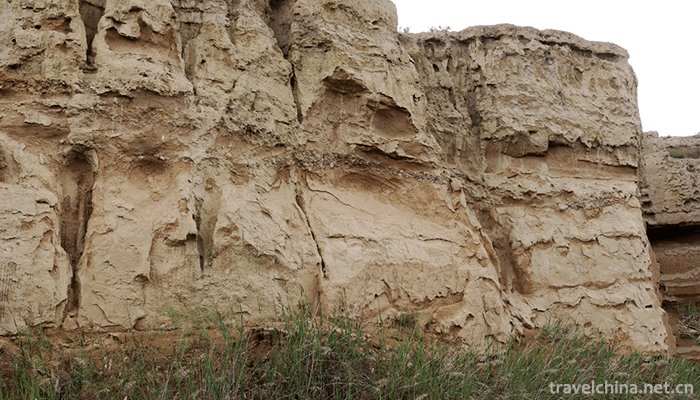
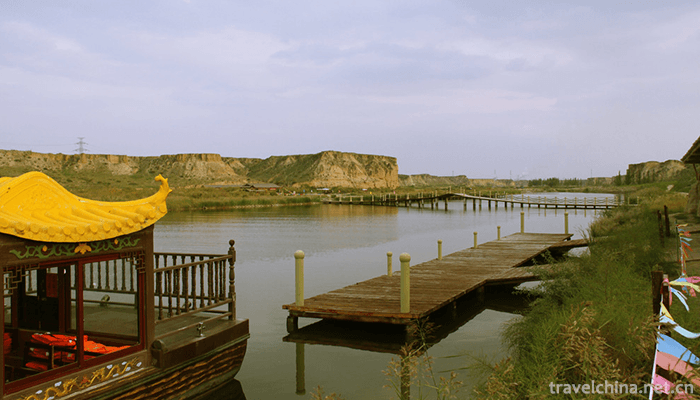

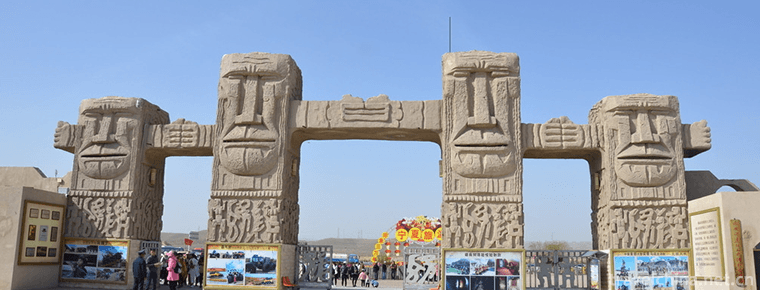
-
2.waterless rice noodle
Bait silk is one of the special snacks in Yunnan. It is mainly made from rice
Time 2018-10-17 -
3.Chess cake
Chess cake is a special product of Tangshan District in Hebei Province. It is named for its shape like a small drum and a chess piece
Time 2018-11-27 -
4.Chongqing Yunyang Longgang National Geological Park
Yunyang Longgang Scenic Spot: National AAAAA Class Tourist Spot, National Geopark and National Day 2016 "Best Tourist Service Scenic Spot"
Time 2018-12-12 -
5.The Wanxian Moutain
Wanxianshan Scenic Area is located in the hinterland of Taihang Mountain in the northwest of Huixian City, Henan Province. It belongs to Nantaihang Tourism Resort, Xinxiang
Time 2018-12-17 -
6.Jiulian mountain
Jiulianshan Scenic Spot is located in Songshuping Village, Shangbali Town, Huixian City, Xinxiang City, Henan Province. It belongs to the south foot of Taihang Mountain
Time 2018-12-22 -
7.Hubei Xiaoqu
Hubei Xiaoqu is one of the traditional operas in Hubei Province. It consists of "Hantan Xiaoqu" and "Tianzhao Xiaoqu". Han Tan Opera, also known as "Hankou Tan Opera" and
Time 2019-05-03 -
8.Surface painting
Water and land painting Festival is a traditional religious painting. Originated in the Three Kingdoms Period, Buddhist monasteries prevailing from the Jin Dynasty to the Yuan, Ming and Qing Dynasties
Time 2019-06-15 -
9.Traditional Manufacturing Techniques of Preserved Vegetables
Fuling mustard was created in Guangxu 24 years of Qing Dynasty (1898). It has been popular with consumers since it came out, and its influence has been increasing. Fuling traditional handcrafted musta
Time 2019-07-16 -
10.Bozhou University
Bozhou College (Bozhou University), for short, is located in Bo Yuan. Anhui Province Bozhou City By the state Ministry of Education Approved full-time full-time undergraduate institutions.
Time 2019-11-08 -
11.Video of Chengdu Giant Panda Base
It has been said to take the children to Chengdu Giant panda base to play, but because the new coronavirus epidemic did not go
Time 2020-12-13 -
12.Dazhou Railway
Railway lines: Chengdu Chengdu Railway, Xiangyang Chongqing railway, Dazhou Wanzhou railway, Daba railway and Chengdu Dazhou Wanzhou high speed railway (planned)
Time 2020-12-20